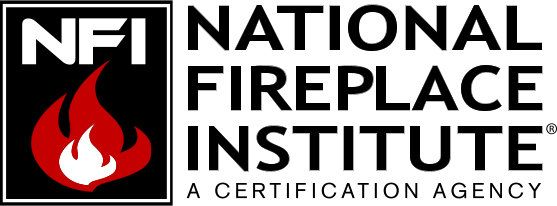At Naperville Chimney Services in Oswego, IL, we specialize in chimney cleaning, inspections, and repairs to keep your chimney functioning safely and efficiently. With a team of CSIA- and NCSG-certified professionals, including off-duty and retired firefighters, we bring over 25 years of expertise to the industry. Our commitment to quality service and customer satisfaction sets us apart as a trusted provider in the chimney maintenance field.
Enhancing Chimney Protection With Flue Caps Services
Flue caps play a crucial role in protecting your chimney from various elements that could compromise its integrity and performance. Our Flue Caps service is designed to prevent debris and animals from entering your chimney, providing numerous benefits to homeowners seeking to maintain a safe and functional chimney system.
Benefits of Flue Caps
Debris Prevention
Flue caps act as shields, preventing leaves, sticks, and other debris from obstructing your chimney and potentially causing blockages that could lead to chimney fires.
Animal Entry Prevention
Installing flue caps keeps animals like birds, squirrels, and raccoons out of your chimney, preventing nesting and potential damage to your chimney structure.
Weather Protection
Flue caps offer protection against the elements, shielding your chimney from rain, snow, and wind to prevent water damage and deterioration.
Improved Ventilation
Properly installed flue caps promote proper air circulation within the chimney, enhancing ventilation and reducing the likelihood of drafts or air quality issues.
Preventing Water Damage With Flue Caps
Water damage is one of the most common and costly issues that can affect a chimney system. To safeguard against this risk, chimney caps play a vital role in preventing water penetration and damage. Also known as rain covers, chimney caps offer a cost-effective solution for homeowners seeking to protect their chimney and entire home structure from the harmful effects of moisture intrusion.
Chimney caps have long been acknowledged as an essential safety feature and a preventive measure against chimney damage. Underwriters Laboratories (UL) stipulates that any chimney lining system seeking listing to their test standard must include a chimney cap. This requirement underscores the critical importance of chimney caps in maintaining the structural integrity and longevity of a chimney system.
Water penetration into a chimney can have severe consequences, leading to various issues such as:
- Deterioration of masonry materials due to prolonged exposure to moisture.
- Formation of mold and mildew within the chimney structure, posing health risks.
- Damage to the chimney liner, resulting in reduced efficiency and potential safety hazards.
- Structural damage to the chimney and surrounding areas, impacting the overall integrity of the home.
By installing a chimney cap, homeowners can proactively protect their chimney system from these water-related problems. Flue caps act as a barrier against rainwater, snow, and other forms of precipitation, redirecting water away from the chimney opening and preventing it from seeping into the chimney structure.
Incorporating a chimney cap into your chimney system is a simple yet effective way to mitigate water damage risks and maintain the longevity of your chimney. To ensure optimal protection and functionality, consider consulting with the professionals at Naperville Chimney Services for expert installation of high-quality flue caps tailored to your specific needs. Secure your chimney system against water infiltration today and safeguard your home for years to come.
Naperville Chimney Services Flue Cap Installation
Naperville Chimney Services is your reliable partner for professional flue cap installation. Our team ensures precise and secure installation, utilizing high-quality materials and expert techniques to safeguard your chimney effectively. Protecting your chimney with flue caps not only enhances its longevity but also helps maintain a safe and comfortable environment in your home.
Ready to fortify your chimney with flue caps? Schedule your installation with Naperville Chimney Services today by calling us at (630) 357-1696 and experience the peace of mind that comes with improved chimney protection and efficiency.











